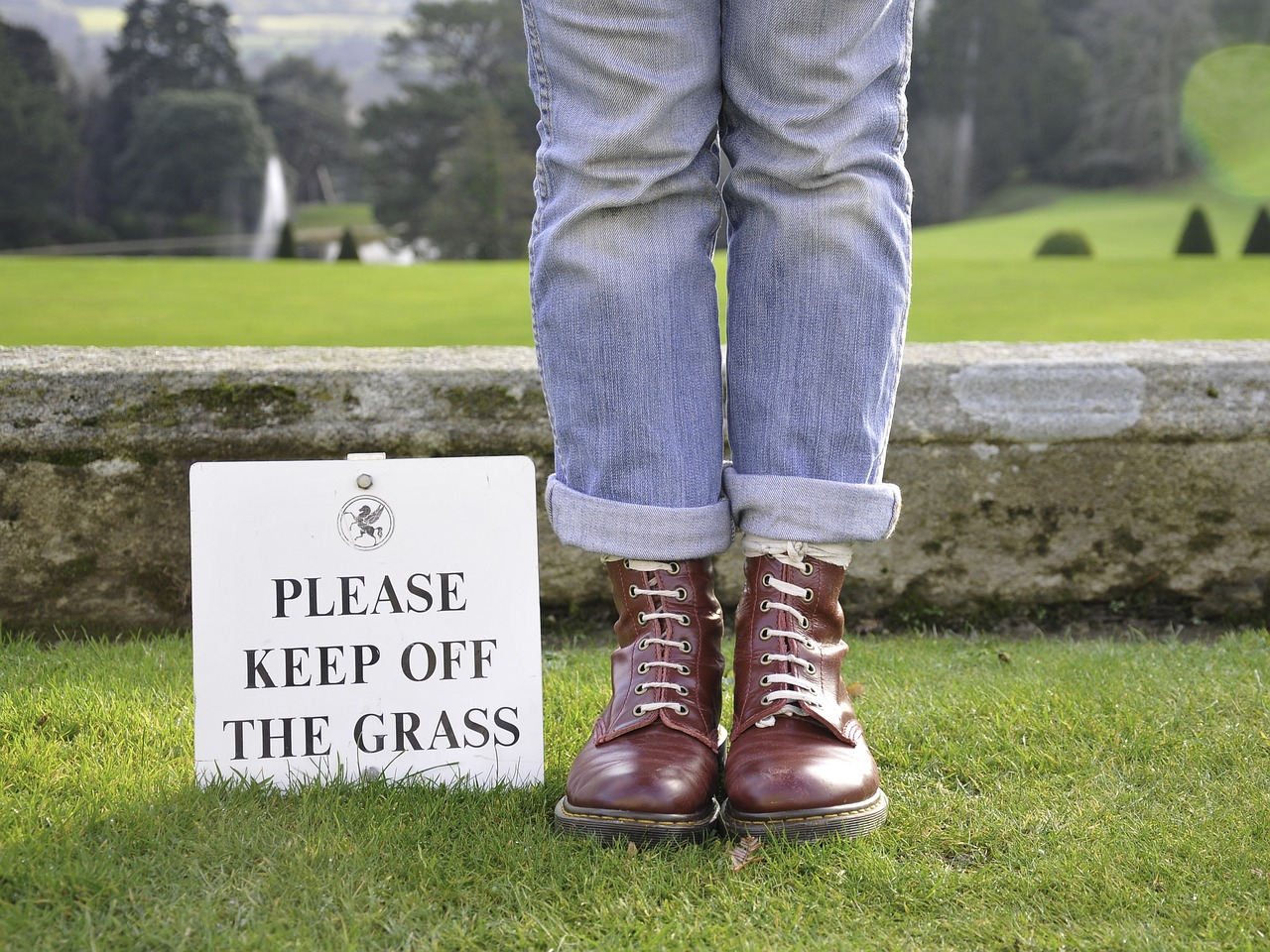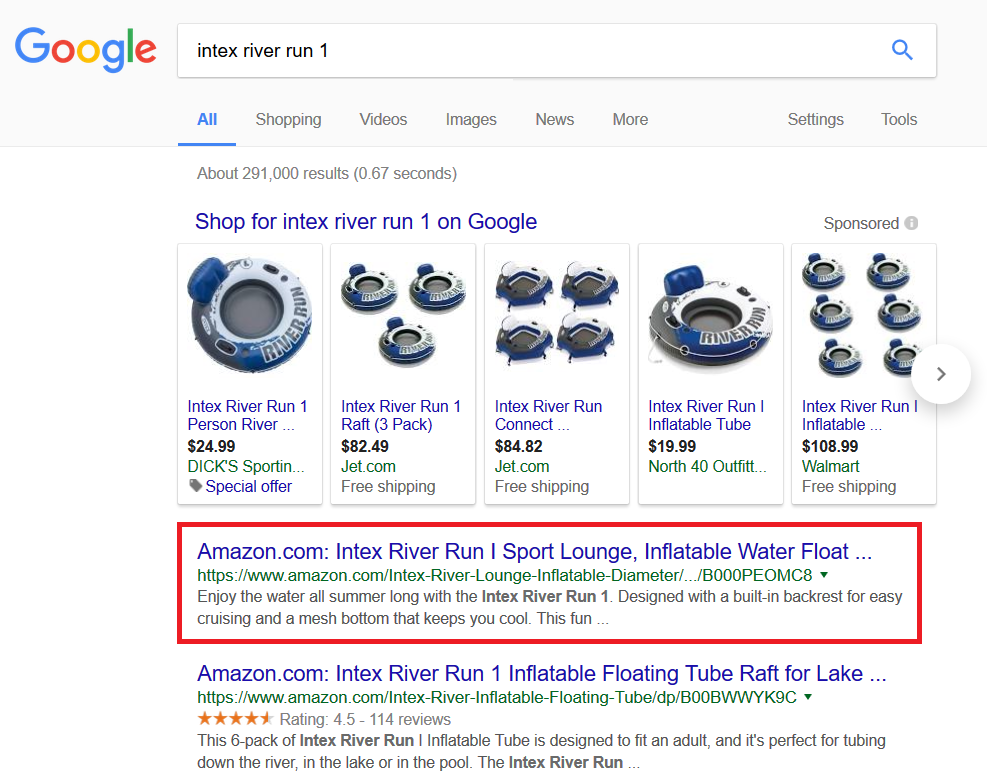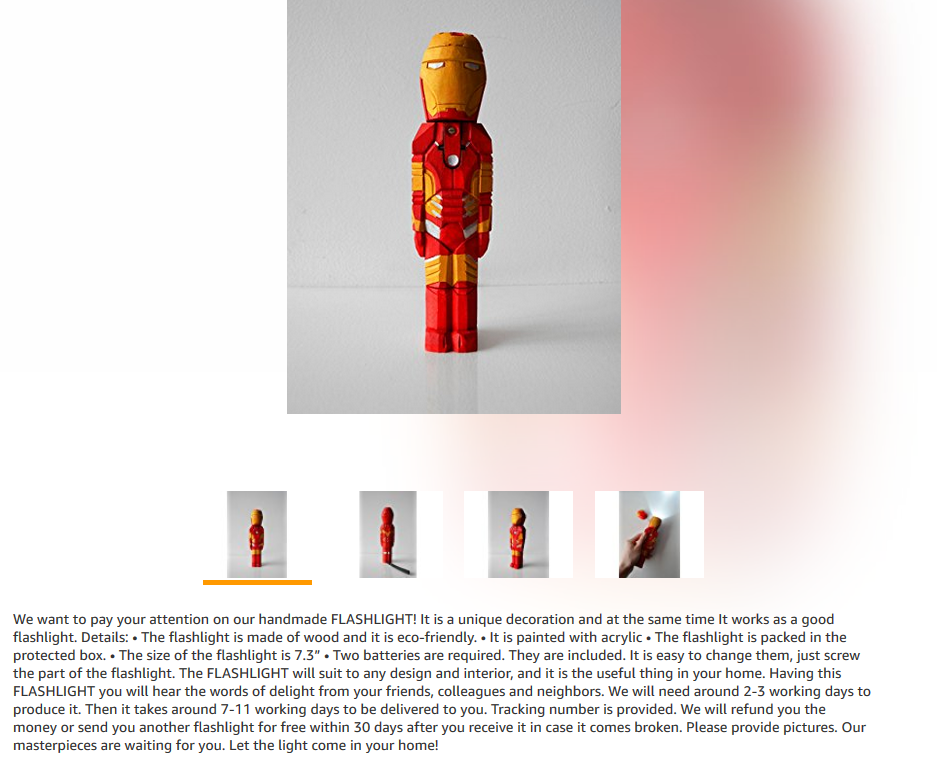
Mastering the art of Amazon product description writing will improve both your search rankings and conversions. But how do you write something that appeals to search engines and buyers?
It turns out that best practices for Amazon product descriptions are not entirely cut and dry. After digging through the list of Amazon Best Sellers, we found that, surprisingly, they had very little in common! Best Seller product descriptions were:
- Short or long.
- Written with or without formatting.
- Stuffed full of keywords or written in plain, straightforward English.
- Written in obedience or disobedience to Amazon’s guidelines and requirements.
It was almost enough to make us say “Do whatever you want and hope for the best!” However, there are six areas where you can clearly tweak your description to optimize your results.
Last updated 2/5/2019.
1. Optimize Product Descriptions for Amazon’s Search Engine
Amazon does look at your product descriptions when deciding whether to rank your product for a specific search. However, our research suggests that you don’t need to include any keywords you’ve used elsewhere in your product page—which means you’re free to focus on writing the best description possible!
What you don’t want is a description like this, stuffed full of keywords in an unnatural manner:
It might not stop your product from becoming a Best Seller, but it won't help your rankings and it will hurt readers' opinions of you.
As far as Amazon search is concerned, you can get your keywords out of the way by including them in your title, bullet points, and even Amazon’s keyword fields. See our guide to Amazon SEO strategy for those details. But if a keyword won’t fit anywhere else, then you should certainly include it in your description.
2. Optimize Amazon Product Descriptions for Google
Amazon isn’t the only search engine you have to think of. Your Amazon product page can easily show up in Google search results—if it’s properly optimized.
Google looks carefully at your description when deciding whether to rank your page. And not only will your description weigh heavily in deciding where you fall in their search results, it may actually be what searchers see.
Here’s the description of a product that, as I’m writing this article, is one of the top sellers on Amazon:
And here’s the same Amazon listing as the #1 result on Google:
Google has ripped this snippet directly from the product description. It completely ignores Amazon’s automatically generated meta description, which is what would display by default:
That’s because Google has decided the product description provides more value to searchers. And that’s exactly what you want to do with your Amazon description to perform well on Google. You want your listing to be #1 in the search results and to have a great snippet that inspires people to click.
Luckily, this isn’t too hard to pull off. Google mainly looks for the search term in the title and first paragraph of any webpage, so if you included your main keyword in your title and bullet points, it will be fairly well optimized. All you have to do after that is include the keyword or keyword phrase at least once in your product description.
Keeping your main keyword at the beginning of your description is ideal. Write the rest of your description as naturally and well as possible. If it looks helpful and informative to Google, they will include a piece of your product description (usually the first 156 characters) in the search engine results.
3. Obey Amazon's Guidelines for Product Description Writing… or Don’t

Amazon has scattered their requirements and guidelines for product descriptions across the site. The old rules were reasonably straightforward:
- Include only product-related information.
- Write clearly and concisely.
- Keep it short, or your product page may be removed completely.
- Make sure the description matches your product images.
Now, you need to make sure you follow the Amazon Services Quick Start Style Guide and any category-specific rules from the Templates for Specific Categories. These rules include:
- Don't use promotional language ("sale" and "free shipping" are explicitly forbidden).
- Don't promote your company or website or otherwise try to move the sale off Amazon.
A few of the requirements for product pages as a whole are also worth mentioning:
- For media listings: no spoilers!
- No testimonials or quotes of any kind allowed (your product will have to get good reviews from Amazon customers).
- No promoting anything at all except the product itself.
- No fancy formatting or executable scripts—not even HTML (except for line breaks).
And yet, you do regularly find best-selling product descriptions flagrantly violating rules like including review quotes:
Personally, I prefer to stick to the rules so I have peace of mind. The last thing anyone wants is for their successful listing to be taken down completely out of the blue—or to incur worse sanctions from Amazon. But if you like to live dangerously, you might get away with it.
4. Make It Easy to Read
People hate giant blobs of text. Often, the best solution is to write a description consisting of a single short paragraph. Take a look at this simple description for a best-selling backpack:
It gets away with being so short because it doesn’t repeat all the info that’s included elsewhere—which would, after all, be pointless.
If you need to include a lot of extra info in your description, make good use of Amazon's only allowance for HTML: line breaks. You don’t want it to look like this:
Other tips for keeping your description readable:
- Use mainly active sentences.
- Vary your sentence structures, favoring simple sentences but never using the same structure more than twice in a row.
- Aim for a Flesch-Kincaid grade level below 9 (you can see this by completing a spellcheck in Microsoft Word).
5. Avoid Meaningless Adjectives
Here’s a description that starts out okay before sliding into a list of meaningless adjectives:
How often have you heard products described as the following?
- The best
- Great
- High-quality
- Durable
- Affordable
- …and so on.
People hear these words so often that they ignore them. Use your description to set your product apart from the competition, not to sound exactly the same. Leave out the bland corporate adjectives everyone uses and make sure your description is as unique as your product.
6. Focus on Benefits, Not Features
Many sellers get bogged down in lists of features. This seller, probably at a loss for how to make a chain sound sexy (badum-tsh!), listed the features in the “Product features” section and then repeated them in the description:
Odds are, unless you knew that you needed a low-carbon steel chain with a 255-pound load limit, that probably didn’t get you very excited about the possibility of buying it. That’s because it doesn’t tell you why you would want this product. It just tells you what the product is.
Benefits explain why. Examples of benefits include why a product will:
- Save you time.
- Meet your unique needs.
- Be enjoyed by you and/or friends and family.
- Enable you to do new things.
- Change your life.
This seller did a fantastic job of focusing on the benefits:
In those three sentences, the seller showed us what needs their table fulfills, how it will make your day better, and why it will impress your friends—without resorting to salesman stock phrases. Aim for a similar benefit-focused style in your own descriptions.
Summary
What makes the perfect Amazon description remains unclear. But if you optimize for search, keep it simple, and follow standard best practices of product description writing, you’re sure to increase your sales on Amazon.














